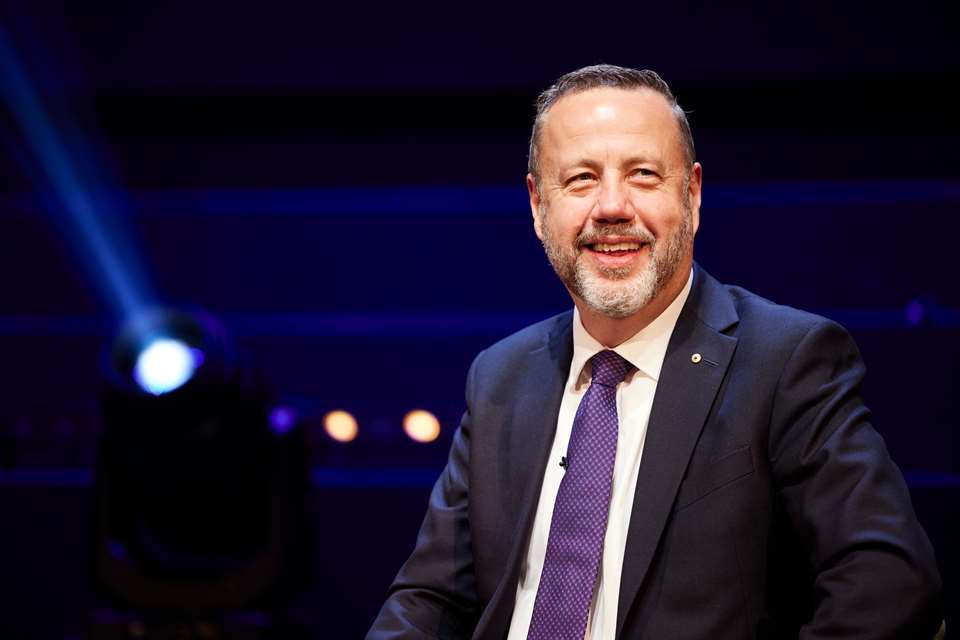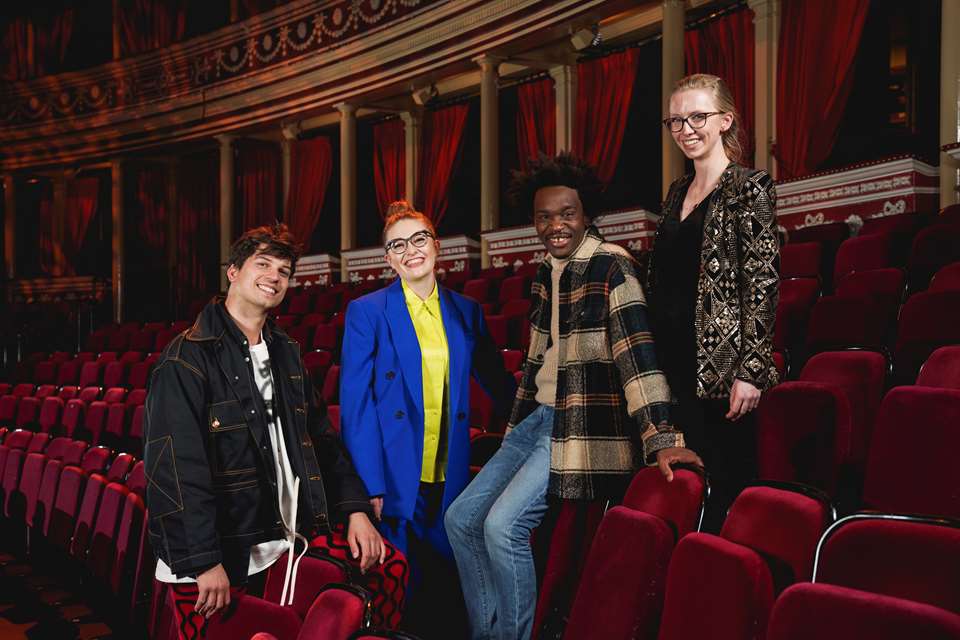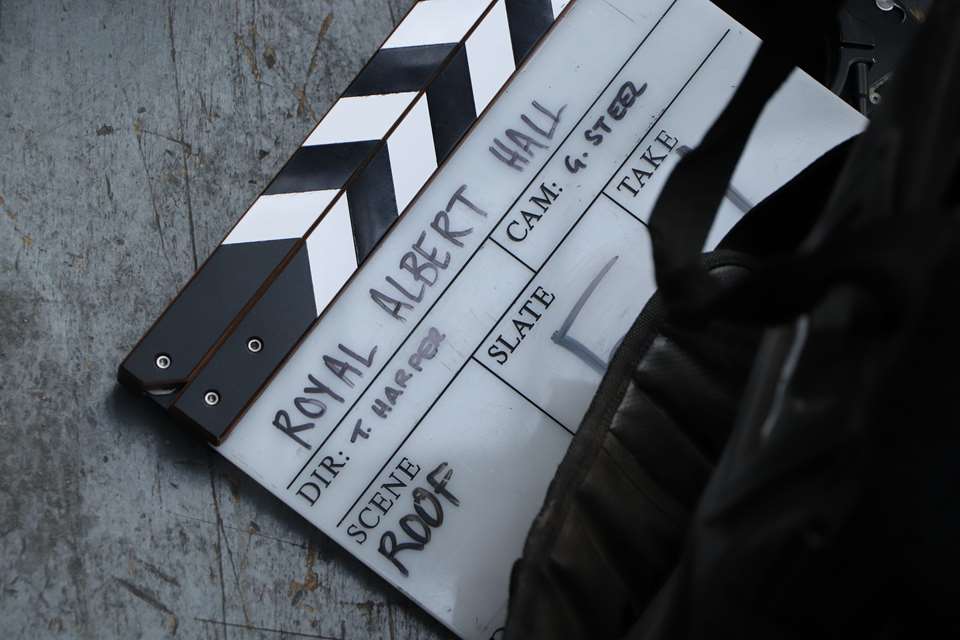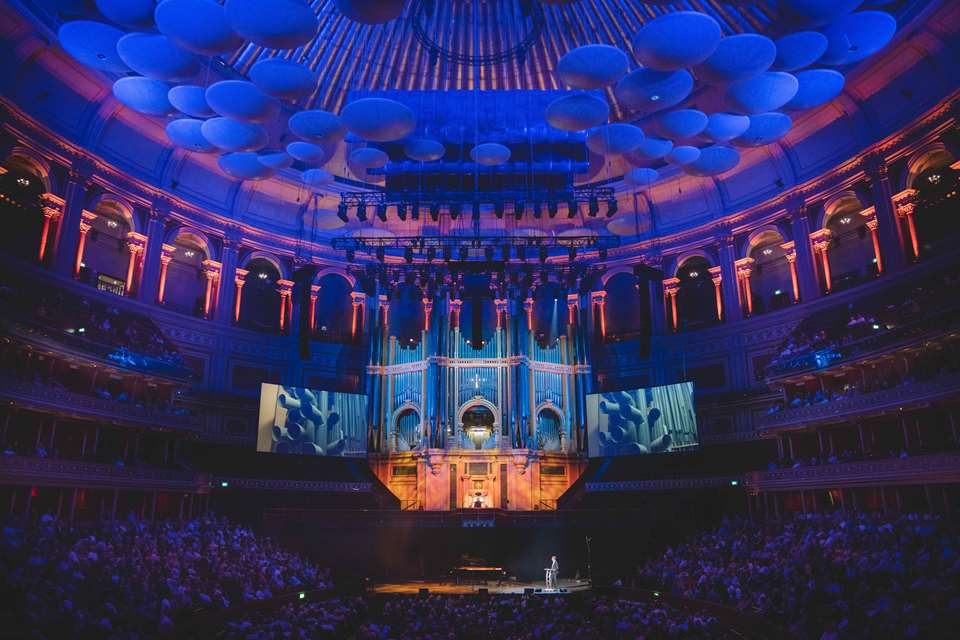Birmingham to London: Taking The Nutcracker to the Royal Albert Hall
Wednesday, December 14, 2022
In a production created specially for the Royal Albert Hall stage, Birmingham Royal Ballet is bringing Tchaikovsky’s festive classic to life. We sat down with the company’s principal conductor, Paul Murphy, to find out more about this glittering new rendition…
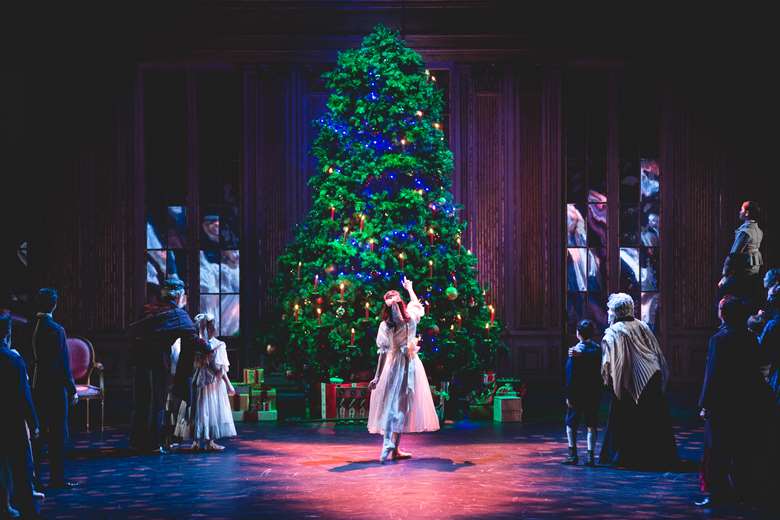
Photo: Andy Paradise

Register now to continue reading
Don’t miss out on our dedicated coverage of the classical music world. Register today to enjoy the following benefits:
- Unlimited access to news pages
- Free weekly email newsletter
- Free access to two subscriber-only articles per month
